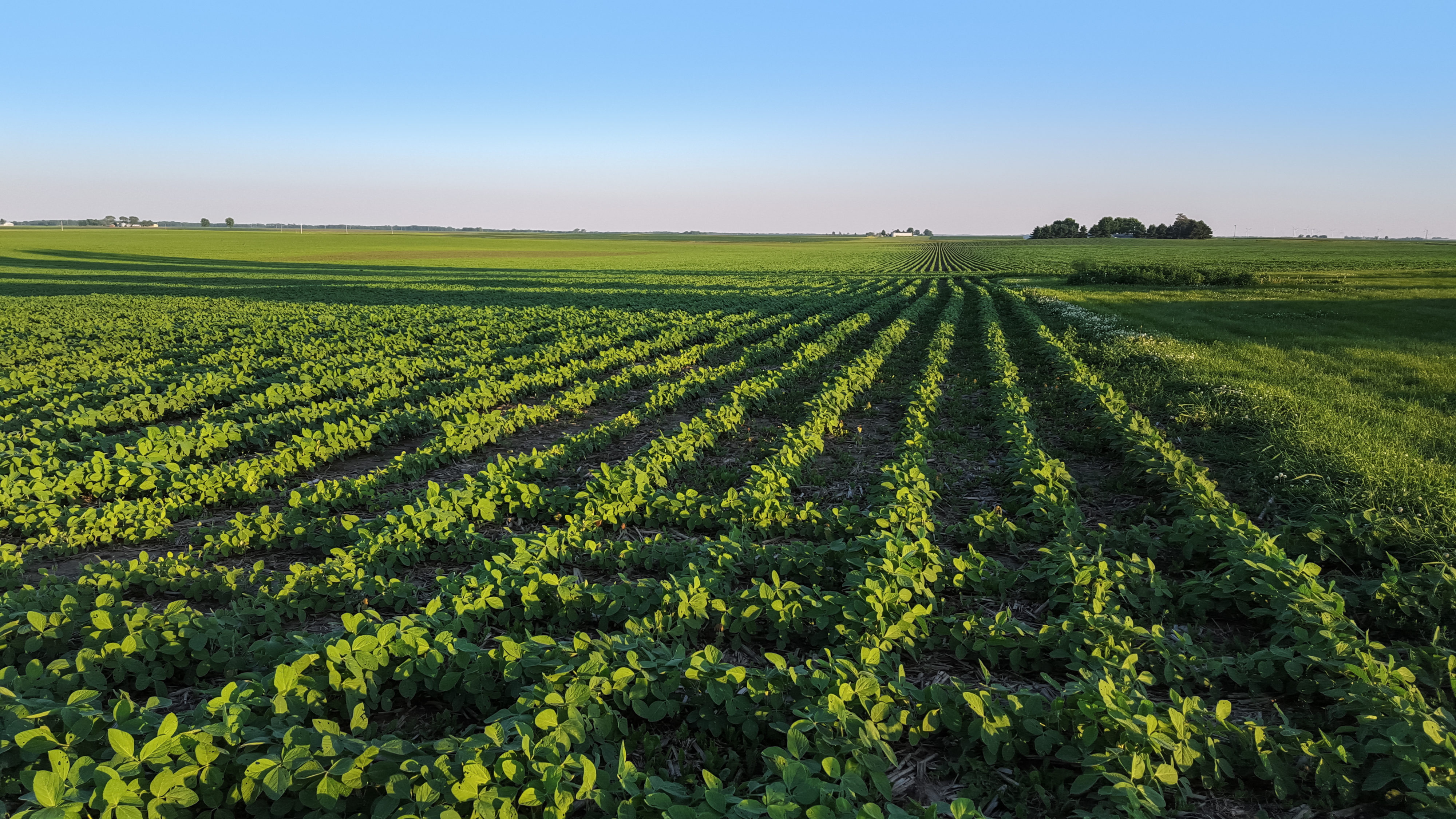
USSEC kicked off the new year with market analyst Emily French during its January U.S. Soy WASDE Update.
While U.S. Soy celebrates 2021, the largest crop on record, world ending stocks were revised down by 7 MMT in the U.S. Department of Agriculture’s January World Agricultural Supply and Demand Estimates (WASDE) report. The U.S. Soybean Export Council (USSEC) explored this and more throughout its U.S. Soy January WASDE Update, hosted Jan. 12.
“The drop in world ending stocks was largely the result of production cuts across South America,” said Mac Marshall, USSEC and United Soybean Board Vice President of Market Intelligence. “We saw increased prices for whole soybeans and soybean meal in response to the reduction, as well. Because we’re in January, we do still have the potential to see an upward trend in Brazilian production yet this year.”
Marshall was joined by Founder of Global Ag Protein Emily French, who has her sights set on weather patterns in the region.
“The key now is looking at the weather system,” French said. “This rain cycle looking into February will be telling for Brazil, Argentina and Paraguay.”
The pair discussed inflation and its effect on both pricing and demand.
“As long as inflation and food costs are a topic of conversation, the food versus fuel debate is front and center,” French said. “The more that is in the headlines, the more pressure demand is under.”
This month’s report also strengthened pricing opportunities for U.S. soybean farmers.
A Look at Northeast Asia
USSEC’s Northeast Asia Regional Director Roz Leeck gave attendees an inside update on the region.
“Japan and Korea have steady demand,” she said. “We have seen some shifts in the market, but demand has remained relatively unchanged.”
One shift? An increased interest in sustainability, one U.S. Soy can answer and fulfill.
“A few years ago, it wasn’t much of a topic, but in the past few years, we’ve seen interests shift toward sustainability,” Leeck said. “We’re looking at markets that value choice. Sustainability is one of those.”
- Partially funded by U.S. soybean farmers and their checkoff.